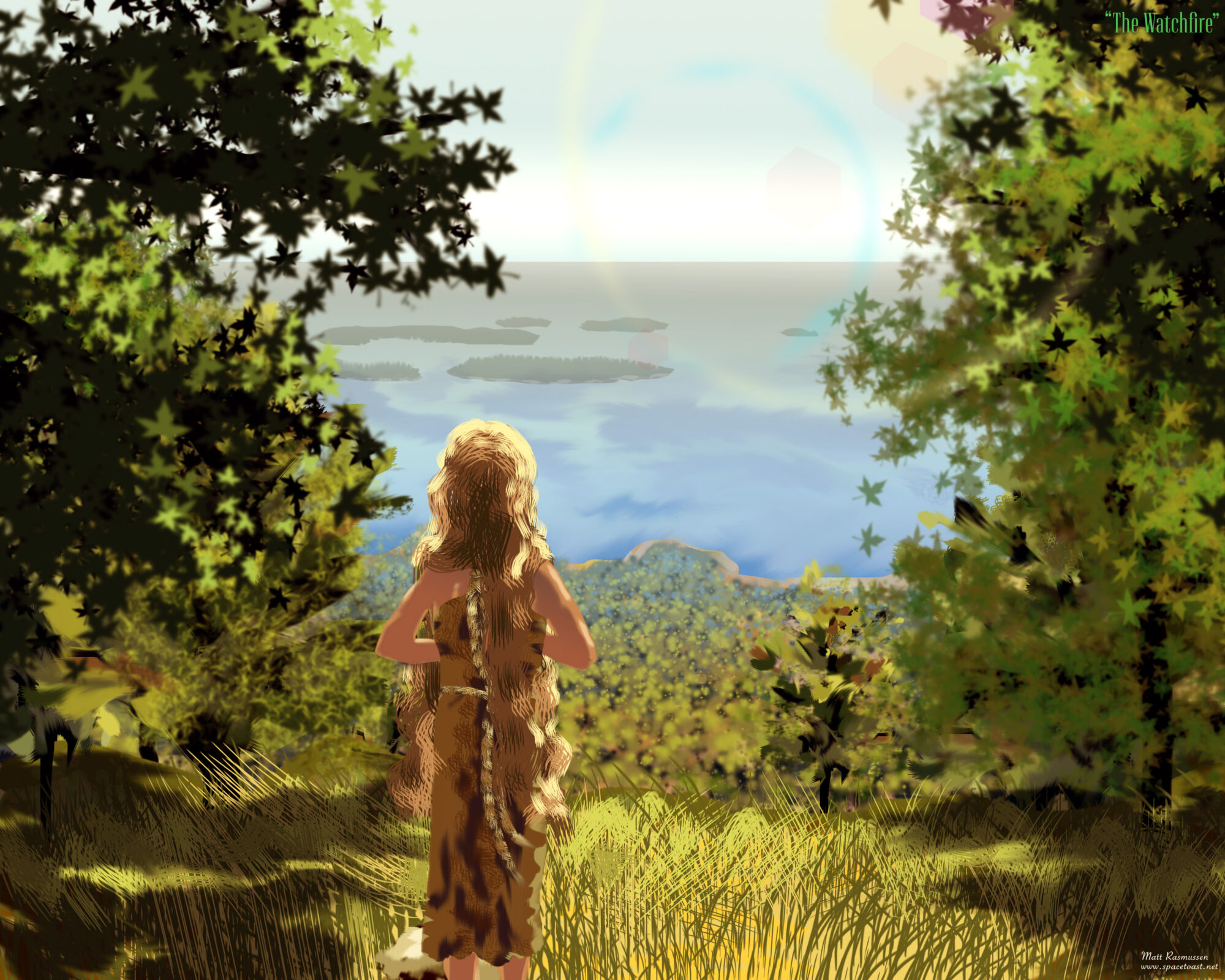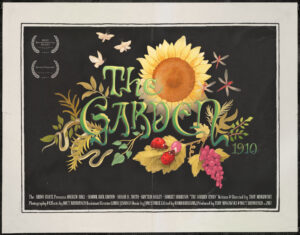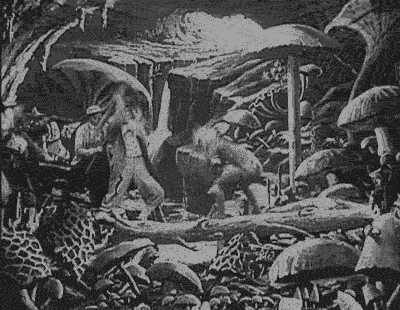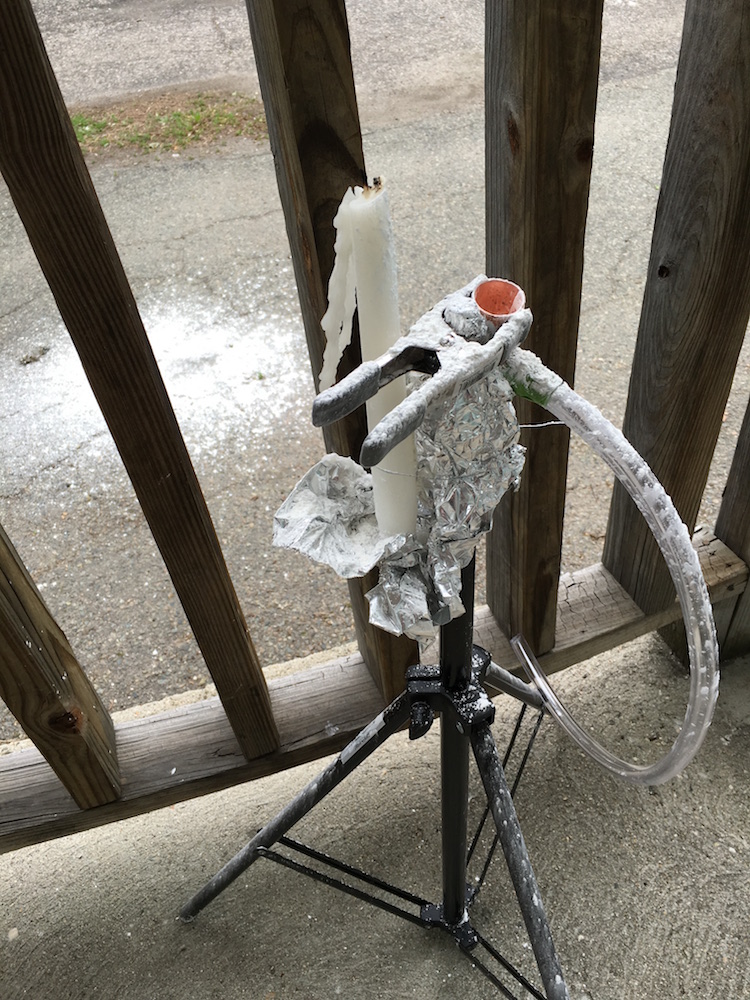Currently, our challenge with The Garden, 1910 is finding film festivals willing to program a 30 minute “short” film–never mind one with extensive (non-sexual) nudity. Private screenings both in the US and Denmark have been extremely positive, but we’re not exactly teabagging the zeitgeist.
Our challenge in making it was one of bringing across a big-budget 1910s fantasy film on a 2010s microbudget. As the production designer and cinematographer, I wanted to know what it was like sitting in a smoky cinematograph watching a new, hand-colored print of a film like ours.
We came up with some terminology: The illusion vs. the effect. The effect was how we would actually achieve the shot: greenscreened footage of actors, puppets and miniatures (filmed on an iPhone 6s with Filmic Pro) composited in Blackmagic Fusion, Final Cut Pro X and Motion, with additional elements from still images, Animation:Master and Photoshop. The illusion was how our magician-turned-filmmaker would have created the shot using period techniques: sets with sometimes elaborate stage mechanisms, multiple photographic exposures, splices, color-tints, pyro, forced perspective, piano wire, Pepper’s ghost, and so forth.
The subconscious effect of frame rate, and how variable frame rates can be used artistically, is something I’ve been exploring. The Garden, 1910 actually runs at 60fps; a blurred three-blade shutter fades each frame in and out, running the “film” at the slightly unsteady 17-19fps of a hand-cranked projector. As the camera would also have been hand-cranked (at a slightly lower 13-14fps for a better exposure) each frame of the fully-composited footage also has a slightly randomized gain adjustment, to simulate variability in exposure. (Filmic Pro will record footage at an arbitrary frame rate like 14fps, but from working with the footage my impression is that the iPhone hardware itself will only capture at certain fixed frame rates, and Filmic merely discards the unwanted frames.)
Obviously, we weren’t content to slap an “olde timey film” filter onto the composited footage and call it good. Each composite in Fusion was piped through a battery of patches to extract and then imperfectly add back in false color, to simulate hand-coloring. (This was a nightmare, but probably an instructive one. I’ll drill down into it, with some downloadable material for Fusion tinkerers, in an upcoming blog post.) The completed “film” frames from each sequence (one frame per frame) were edited in Final Cut, with glue splices added as a custom FCP transition from Motion. (Don’t look down on Motion; it’s a real Swiss army knife, and incredibly fast.) The footage then made a round trip to Fusion, where it received unsteady re-timing to 17-19fps, shutter flicker, gate jumping, vignetting, emulsion dust and scratches, exiting as 60fps finished footage–and making a round-round-trip to Final Cut for final editing.





